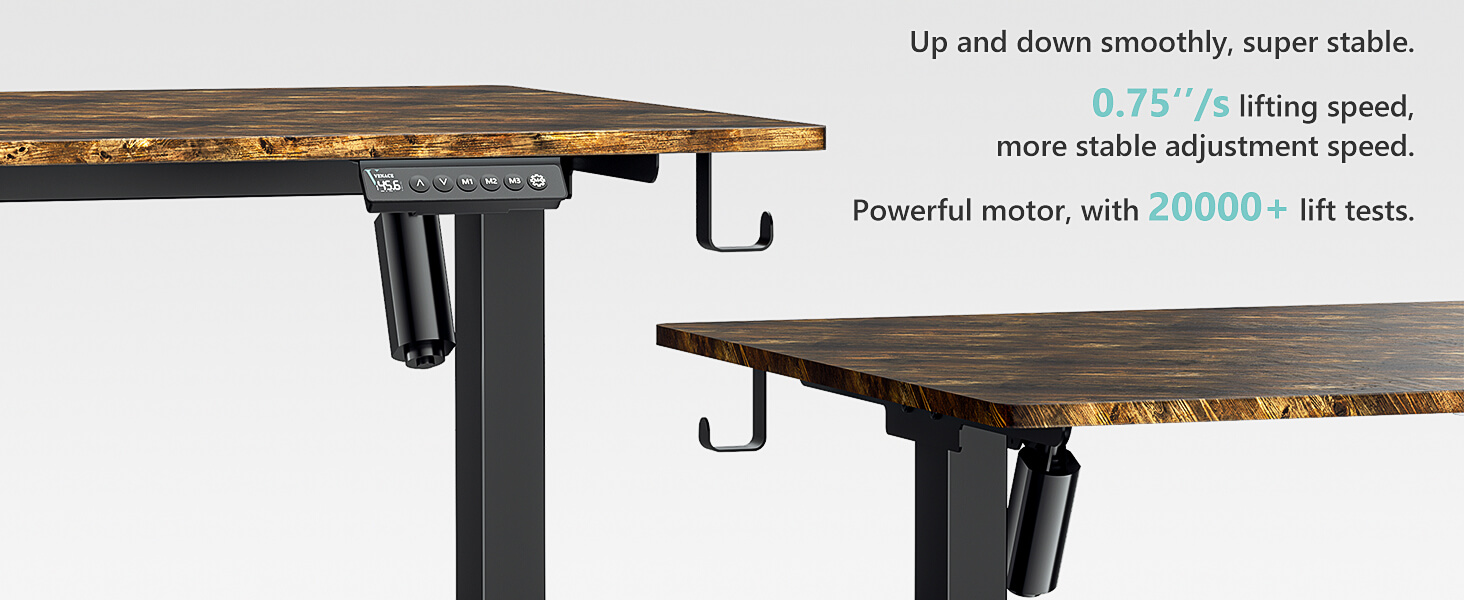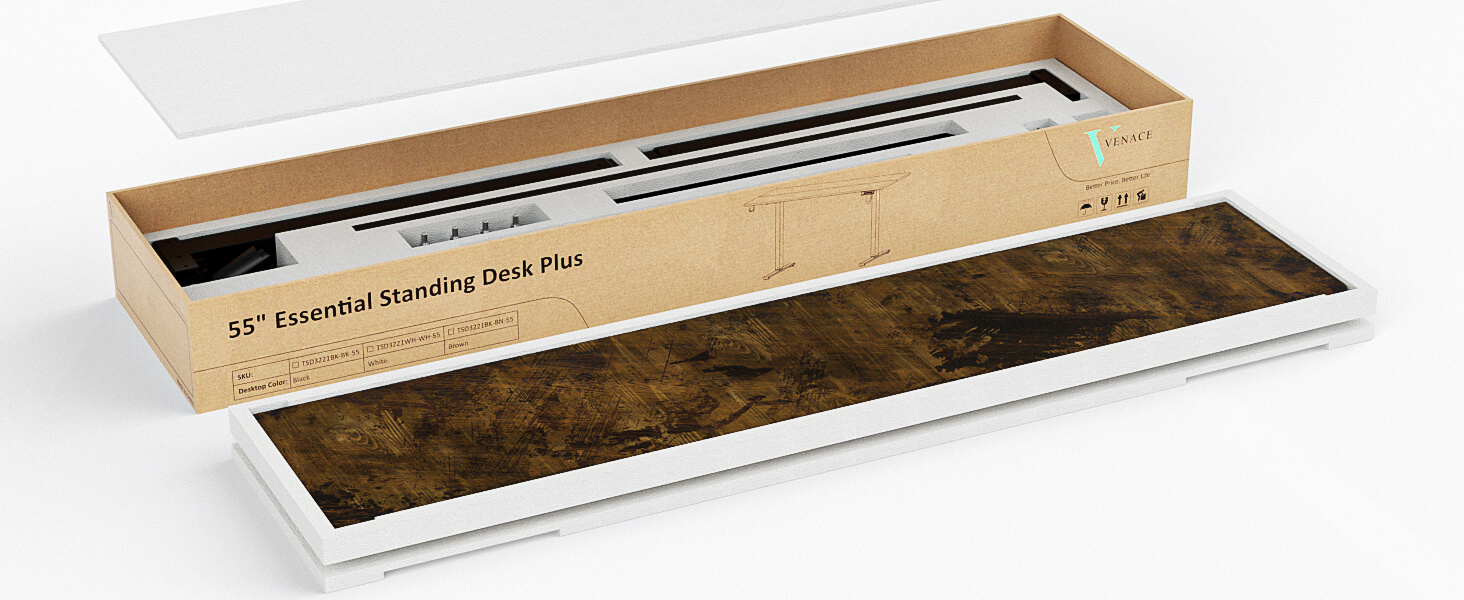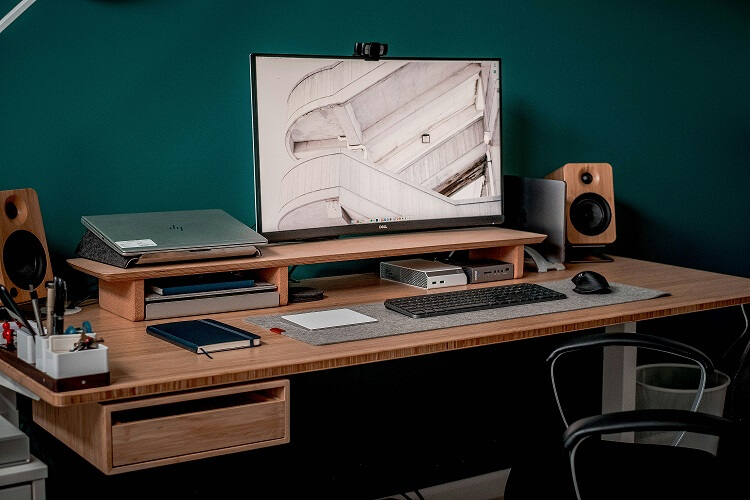The office environment is rapidly transforming. Once limited to corporate headquarters, the modern workplace is now found in flexible spaces, often shared by multiple individuals and businesses. The standing desk is becoming an essential part of this shift. It’s not just a passing trend; it’s reshaping the way people work in co-working spaces. Here’s why standing desks are quickly becoming the new standard.
Health Benefits Lead the Charge
Let’s be clear: sitting all day is harmful. In fact, studies have compared the negative effects of prolonged sitting to those of smoking. It’s no surprise that health-conscious companies are turning to standing desks as a solution. By incorporating standing into the workday, people can prevent back pain, improve posture, and boost circulation. The ability to easily adjust the height of a desk allows workers to switch positions as needed, combating the discomfort of sitting for hours.
Standing desks don’t just prevent injury; they promote overall well-being. The benefits of standing are backed by science: standing encourages better blood flow, sharper focus, and increased energy levels. In shared office spaces, where people move from task to task or attend meetings, standing allows for better engagement and mental clarity. This level of flexibility helps workers feel healthier and more energized throughout the day.

Boosting Productivity with Movement
The shift from sitting to standing doesn’t only impact health—it also boosts productivity. When people stand, they’re more likely to stay alert and engaged in their work. The act of standing promotes an active brain, making it easier to think clearly and make decisions. It’s a simple, yet powerful tool for maintaining focus.
In co-working spaces, where the environment is often fast-paced, standing desks help workers stay in motion. This change in posture revitalizes the mind, leading to greater productivity. It’s easy to see how this dynamic, interactive style of working contributes to faster problem-solving, more effective brainstorming, and fewer productivity dips throughout the day.
Flexibility for Diverse Needs
Flexibility is one of the greatest advantages of standing desks. These desks are adjustable, meaning they can easily adapt to various users, from tall to short. In co-working spaces, which are often shared by individuals with different physical needs, having the option to raise or lower a desk means everyone can work comfortably. The ability to shift between sitting and standing positions creates a personalized workspace for each individual, allowing them to find what works best.
This flexibility is not just practical; it’s empowering. Workers no longer need to adapt to the limitations of their desks. Instead, they control how and where they work, tailoring their workspace to their needs. And in the dynamic, ever-changing environment of co-working spaces, this sense of control is a welcome change.
Collaboration on the Move
Co-working spaces are designed for collaboration. Yet, traditional office setups often make it difficult to interact with colleagues without leaving one’s desk. Standing desks break down those barriers. When workers stand, they’re more likely to engage with others. Whether it’s a quick chat with a teammate or a face-to-face brainstorming session, standing desks encourage movement and make collaboration more fluid.
The ease with which you can switch from sitting to standing fosters spontaneous conversations and idea exchanges. This is especially valuable in co-working spaces, where interaction is key to creating innovative solutions. The design of these spaces supports active collaboration, and standing desks fit perfectly into that model, making it easier to work together, stay connected, and innovate on the fly.
Design and Functionality Combined
Co-working spaces are as much about design as they are about functionality. Standing desks offer a sleek, modern look that complements the minimalistic aesthetic of most shared offices. With their clean lines and ergonomic features, they fit seamlessly into almost any workspace, adding both style and practicality. The adjustable features are simple and easy to use, making them a hit for anyone who wants a versatile workspace without the hassle of complicated setups.
But standing desks are more than just attractive; they’re built to perform. They are designed with the user in mind, providing a quick, smooth transition from sitting to standing with just the push of a button. Whether workers need to adjust the desk for a standing meeting or to stretch their legs for a few minutes, these desks make it simple. And in a bustling co-working space, that simplicity is key.

A Win for Co-working Space Owners
Co-working space owners stand to benefit from offering standing desks as well. With their increased focus on wellness, many members of co-working spaces prioritize health-conscious amenities. Providing standing desks is one way to enhance the overall appeal of the space. People want to feel that their work environment supports their health and productivity. The presence of standing desks sends the message that the space cares about the well-being of its members.
Furthermore, standing desks can reduce health-related costs in the long run. Fewer back problems, less eye strain, and a reduction in other musculoskeletal disorders mean fewer sick days for workers. A healthier, more energetic workforce is a more productive one, and that’s a win for everyone—members, owners, and clients alike.
The Future of Workspaces
So, what does the future hold for co-working spaces? It’s clear that standing desks will play a huge role. They’re not just a trend—they’re an essential part of the future of work. As more companies adopt hybrid and remote working models, offering flexible, health-oriented solutions like standing desks will become a must-have for any successful co-working space.
Workers today value their health as much as they value productivity, and standing desks help balance both. They’re a tool for the future, a tool for the now, and one that will continue to shape the evolution of workspaces. Whether you’re a freelancer, a startup team, or a large enterprise, a standing desk can help create a more dynamic, healthier, and more collaborative working environment.
